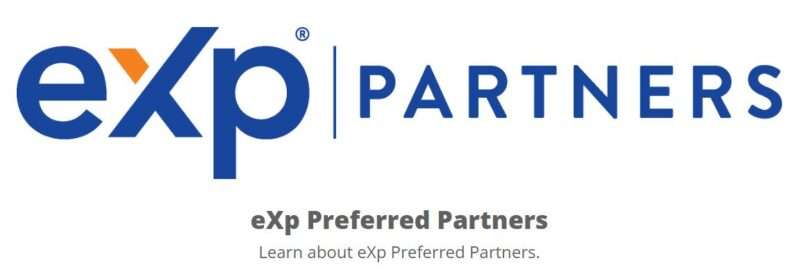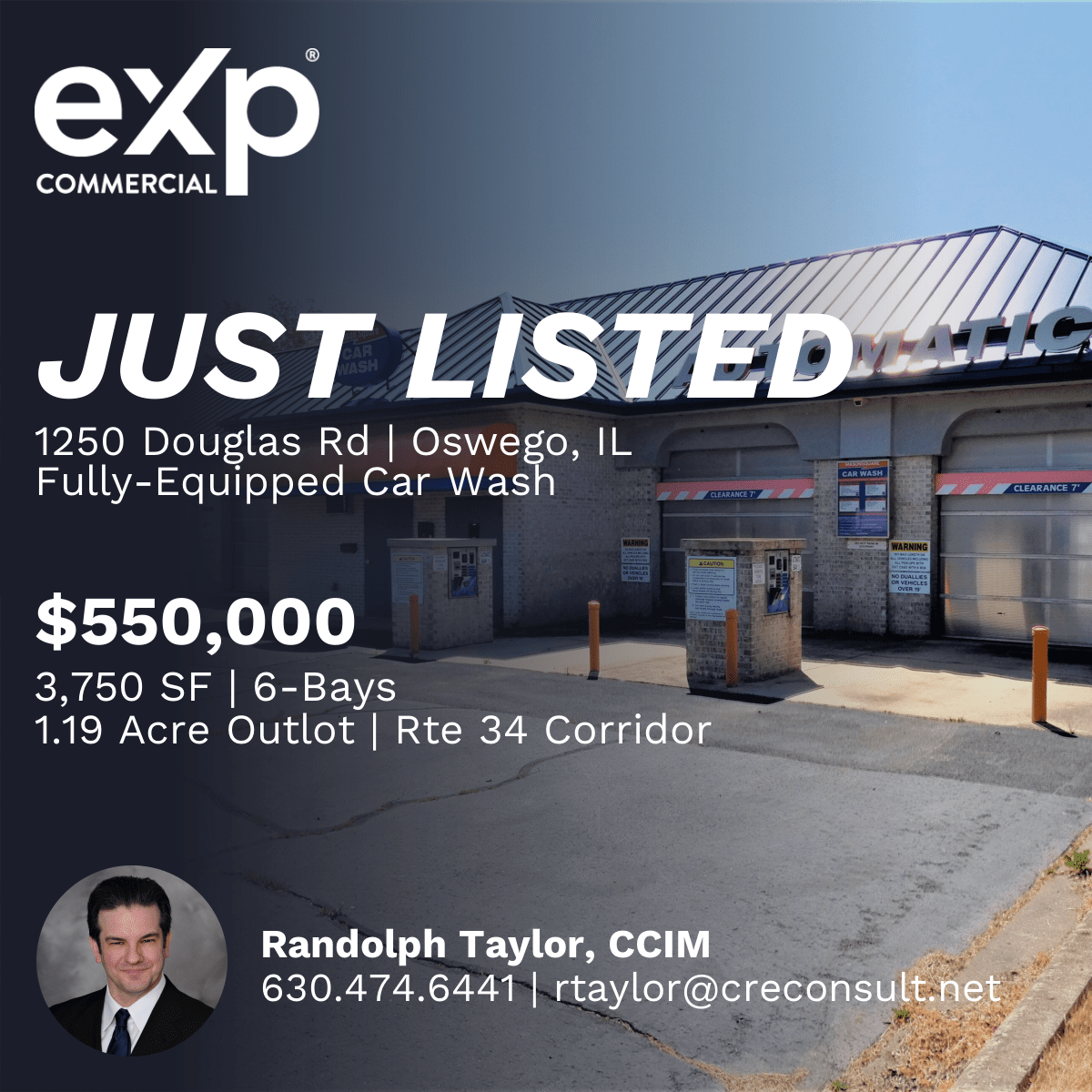
Every investment involves a certain amount of risk. There are certain general sources of risk that influence all assets – things like geopolitical risk and global macroeconomic risk. What makes each asset unique is the level of sensitivity that its rate of return has to those risks. In addition, specific types of assets have risks that are uniquely their own. In this article, we’ll look at eleven types of risk in commercial real estate investment.
Credit/Default Risk
Credit risk, or default risk, is the risk that someone will not be able to meet a financial obligation. Lenders face default risk that a borrower will not be able to make a monthly loan payment on time. Similarly, leased property includes a risk that tenants will not be able to make timely lease payments as expected. Late payments can create cash flow problems for the property owner, but the situation can be worse if the tenant goes out of business and moves out of the space. Then, the property owner faces an unexpected shortfall in lease income along with additional costs to get a new tenant in the space.
Inflation Risk
Inflation is the general increase in prices and decrease in purchasing power that happens over time. In the United States, the inflation rate has been around 2% per year since the year 2000. So, planning for 2% inflation each year would be a reasonable estimate in this market. Property owners, therefore, can set lease rates that allow for this 2% annual growth in overall market prices. Inflation risk, however, is the risk that this expectation is wrong. What if a tenant just signed a 10-year lease with an expectation of 2% inflation, but one year into that lease inflation goes up to 12% annually? The tenant ended up with a pretty great deal, but the property owner may not be able to keep up with the rising cost of operating expenses if inflation rates are this much higher than expected.
Macroeconomic Risk
Macroeconomic risk refers to how broad, national level economic activity impacts property cash flows and valuation. For example, during a period of high growth in GDP, most businesses have ample cash on hand and low unemployment. Property owners can increase rental rates and expect low vacancy rates and collection loss. These factors also cause property valuation to increase. On the other hand, businesses may struggle to stay in business during a recession, and unemployment rates increase. Property owners may have a more difficult time collecting rent on time from tenants, and in the worst case have tenants go out of business entirely. Vacancy rates increase, and finding a new tenant is challenging. These factors all result in lower property valuations.
Interest Rate Risk
The type of interest rate risk that most people worry about is the risk of increasing interest rates. Borrowers holding a mortgage with a floating interest rate are negatively impacted by rising interest rates. As interest rates increase, so do the monthly mortgage payments. Borrowers could also be negatively impacted by higher rates when refinancing debt at the end of a loan term.
Rising interest rates also impact the net present value of investment cash flows. When market interest rates increase, the required rate of return or discount rate also increases. This change causes the present value of future cash flows to decrease. In some cases, this can result in the cash flows no longer creating an acceptable return for an investor.
Liquidity Risk
Real estate is a highly illiquid asset. A liquid asset is one that can be sold immediately at market value. If an owner had to sell a piece of real estate by the end of the day, chances are that it would be for a price far below market value. So, real estate is illiquid compared to most other types of assets. The degree of illiquidity varies according to location, property type, and market cycle.
Legislative/Regulatory Risk
Legislative or regulatory risk refers to any change in regulations or law that can impact real estate owners or tenants. These changes may take place at the local level or the national level. These may include direct risks such as zoning changes, building codes, or access to public goods and utilities. More indirect risks could be changes to local or federal tax rates, mortgage deductibility requirements, banking regulations, etc.
Increases in tax rates not only impact the property owner’s taxable income but also cash flow of the tenants. Additional limitations on mortgage deductions on federal taxes reduce the property owner’s after-tax income and the overall rate of return on the investment. Changes to bank regulations could influence the cost of borrowing and ease of obtaining financing for a property owner. Even if changes to laws and regulations do not directly impact real estate, they may indirectly impact property investment through financing or business cash flows.
Location Risk
Real estate investment ultimately depends on having the right type of property in the right location. Cities, however, act as dynamic and evolving organisms. What is a prime location for office and retail space today may be empty 20 years from now. Location risk comes from the external environment and the contribution that the neighborhood makes to a property’s value. Changes in city growth or transportation patterns or reductions in public goods and services can all negatively impact the desirability and value of a particular property.
Space Market Risk
Property owners purchase real estate with a specific expectation about market rental rates and the demand for space over the investment holding period. Space market risk refers to the probability that those expectations are incorrect. As an example, consider the potential impact of a global pandemic on long-term corporate behavior with respect to remote working. If corporations suddenly start allowing a large percentage of workers to engage in remote working contracts, the market demand for office space will dramatically decrease from previous forecasts. This unexpected change in demand conditions is space market risk and uniquely impacts real estate assets.
Construction Risk
Any time a property undergoes construction, there is an additional source of risk to the property owner. Construction risk applies whether there is a new development or a significant renovation. The construction project may take longer than expected and delay expected rental income, cost more than the budget estimate, or expose previously unknown defects in the property that require additional time and expense to remedy. All of these scenarios result in a reduction in expected cash flow for the property owner.
Environmental Risk
Environmental risk can come from land use regulations and environmental protection concerns. It can also come from the environmental conditions of a property. The first type of environmental risk can be hard to anticipate and to mitigate. The second type of environmental risk may be limited with a thorough inspection of the property and all historical records about the prior use of the land. Specific environmental risks vary a bit with the region but may include problems such as asbestos and lead-based paints, radon or other hazardous chemicals, groundwater or soil contamination, wetlands, and protected wildlife. Environmental mitigation can be extremely expensive, so property owners should take the time to do their due diligence about potential sources of problems.
Even the nicest property in the best location can be an unprofitable investment without the right management. Property managers establish relationships with tenants and make decisions about lease rates and concessions as well as the operating budget. Poor management can result in high vacancy rates, below market rental income, and high operating expenses. All of these factors reduce the property income for the owner and the return on investment. Thus, knowledgeable and competent property management is essential to success in real estate investment.
Conclusion
Investment commercial real estate has many risks that must be weighed against potential returns. In this article we discussed eleven types of risk in commercial property. These include credit/default risk, inflation risk, macroeconomic risk, interest rate risk, liquidity risk, legislative/regulatory risk, location risk, space market risk, construction risk, environmental risk, and management risk.
Source: Eleven Types of Risk in Commercial Real Estate
https://www.creconsult.net/market-trends/eleven-types-of-risk-in-commercial-real-estate/

